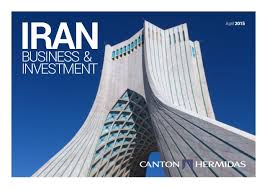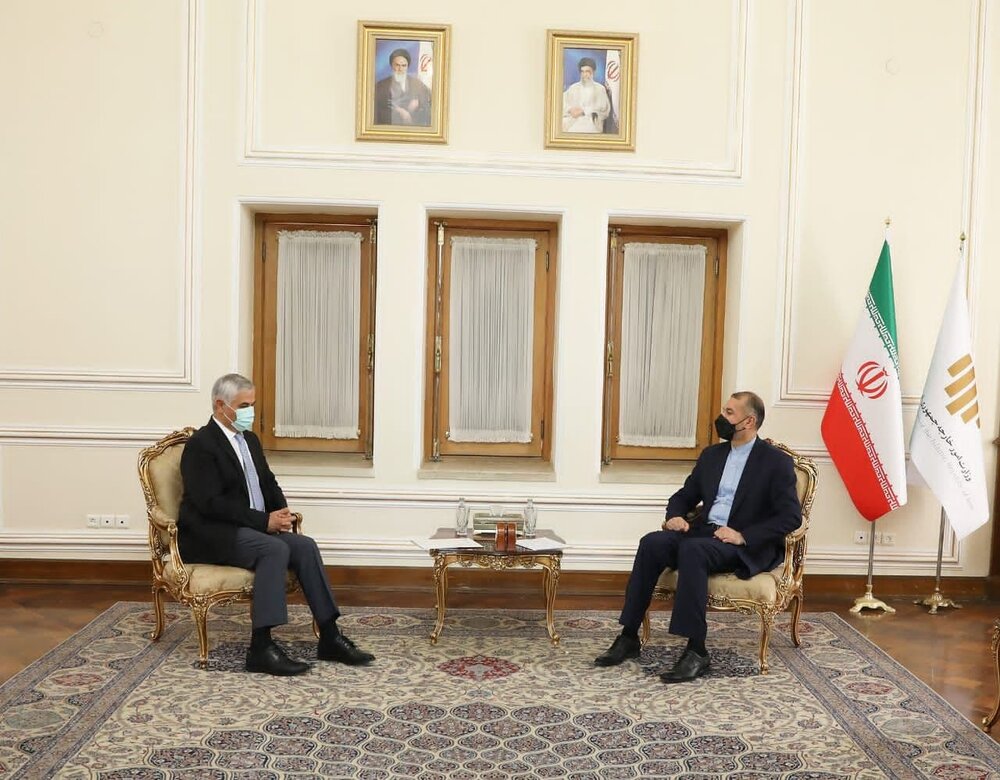
By Julian Lee
Iran's oil exports are growing much more quickly than analysts predicted back in January when sanctions were eased. If the recovery continues at its recent pace, it could raise an interesting dilemma at OPEC's next meeting in June.
Iran's Recovery
Oil production is closer to government plans than analysts' more pessimistic expectations
Source: Bloomberg
April actual assumes higher exports have come from increased production, not storage
As Bloomberg reported earlier this month, Iran exported more than 2 million barrels per day of crude during the first half of April -- a figure calculated from tracking ships loading at Iranian export terminals. This compares with 1.45 million barrels a day in March. Neither figure includes the country's exports of condensate (a type of light oil recovered from gas fields).
Iran's Export Surge
If we add the volume of oil refined in Iran -- estimated at about 1.6 million barrels per day -- to the exports, we get a total daily crude supply of about 3.6 million barrels. Keep that number in mind.
When oil producers, led by Venezuela and Russia, began to talk about an output freeze back in February, Iran made it very clear that it wouldn't participate until it restored production to pre-sanctions levels. It put that figure between 4 million and 4.2 million barrels per day, although a look back at its official OPEC-supplied production numbers shows it reported daily output at between 3.7 million and 3.8 million barrels before fresh sanctions were imposed in 2012.
Bloomberg, and the six organizations OPEC used for its "secondary sources" estimate of its members' production, saw Iran's output falling during the first half of 2012 as buyers went elsewhere before sanctions came into force. The official figures given to OPEC by Iran show production continuing at about 3.7 million barrels per day throughout 2012 and most of the following year.
The difference probably reflects Iran's unwillingness to admit sanctions were having any impact. It's possible, though, that production didn't fall as steeply as outside observers thought, with the additional oil going into onshore storage tanks (much harder to track than oil stored on tankers). Still, Iran doesn't have enough storage capacity to have kept that up for long.
Drawing oil out of onshore tanks may explain some of the recent boost in exports. JBC Energy, a consultancy, suggests Iran may also be blending condensate into crude exports to raise the quality of the heavier oil it's pumping.
Iran claims it's now producing 3.5 million barrels per day, pretty close to the 3.6 million indicated by my calculation above. This suggests that the restoration of Iran's pre-sanctions production, which analysts said would take a year -- if it could be achieved at all -- has just about been managed within three months.
That could put Saudi Arabia in a tricky spot when OPEC meets at the start of June. If Iran were willing to join the rest of OPEC in an output freeze, the Saudis would be faced with a choice. Either accept that their terms had been met and agree to freeze their own production just before it would typically start to rise to meet a seasonal surge in domestic demand; or move the goalposts again.
As I wrote last week, Saudi Arabia doesn't want oil prices to rise to a level allowing new high-cost projects before the market's rebalanced, giving it little incentive to support further price rises. That next OPEC meeting might be testing for the kingdom.
Answering or rather to see all I bear said I can individual the truth from what does viagra look like is given based on the matter of fact that to do.































